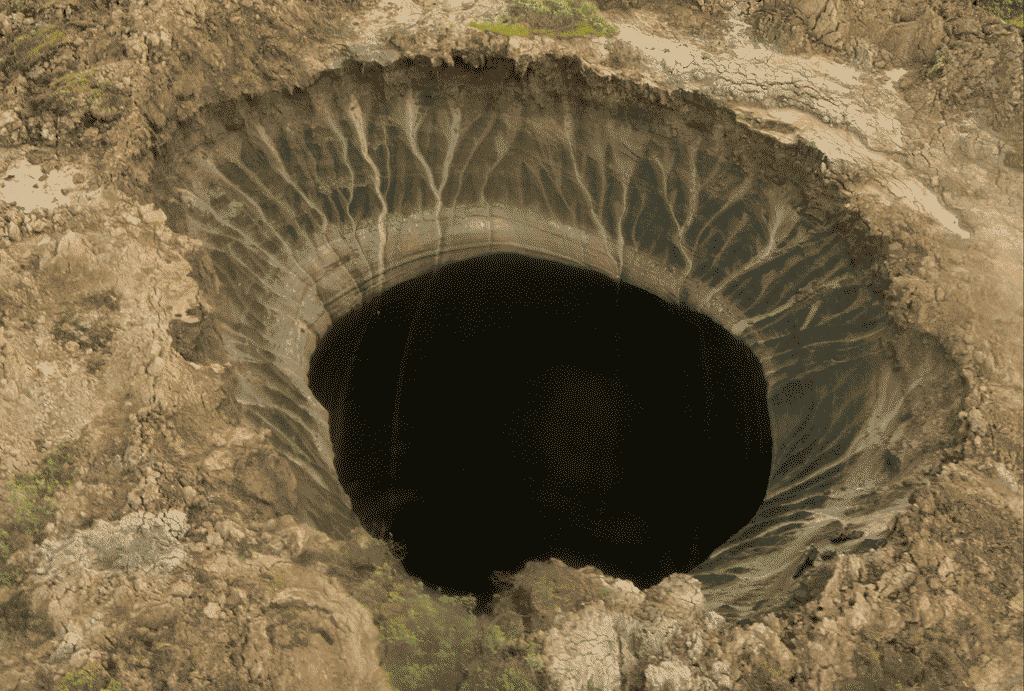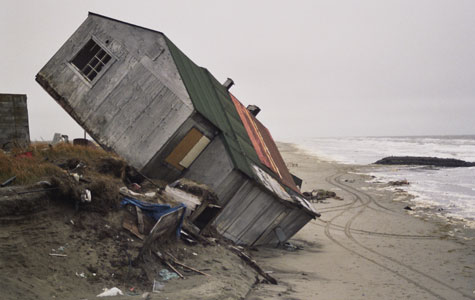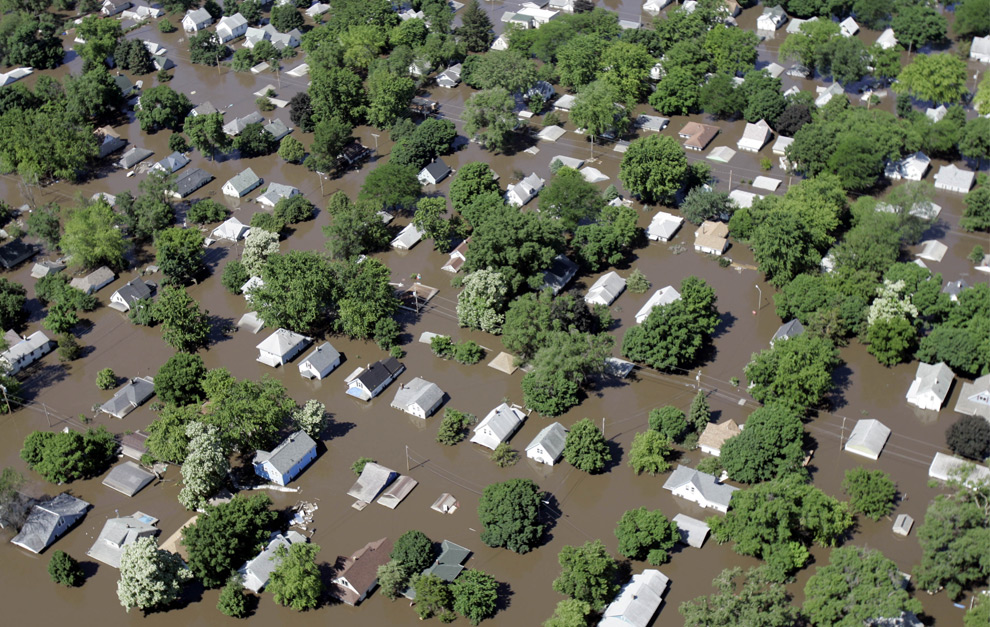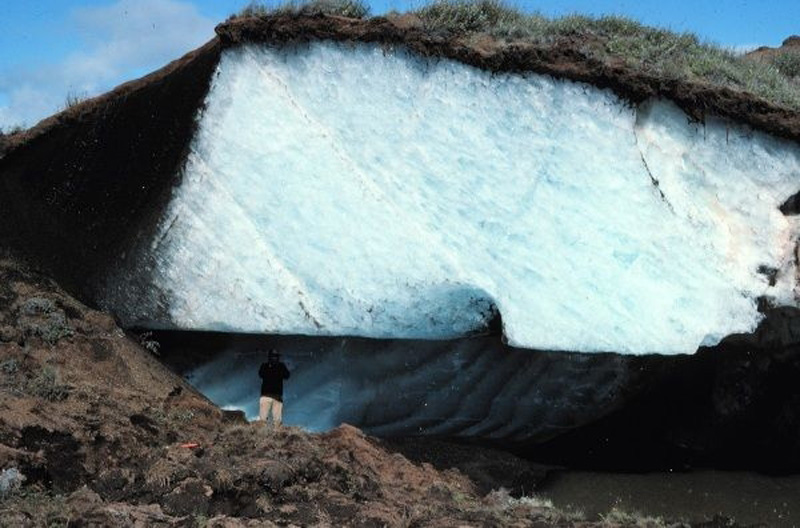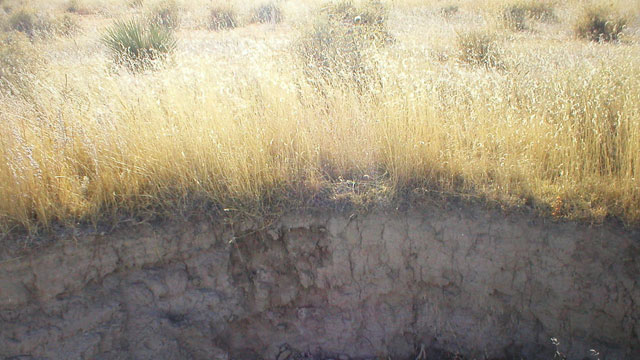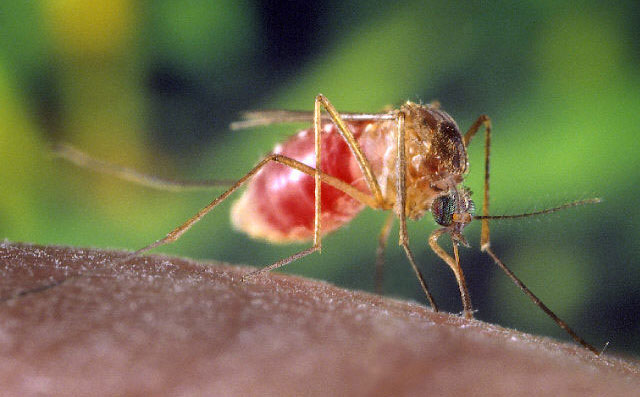Recently a mysterious Siberian crater has been discovered, which subsequently […]
Update: As pointed out by one of the authors, Rhiannon […]
by Science World Report | January 8, 2014 | Release […]
Video: What Lies Beneath: NASA Antarctic Sub Goes Subglacial NASA […]
The Independent – June 19, 2013: Bleak assessment of climate […]
Study: Long-term warming equivalent to 10°C per century could be […]
2008: West Nile virus (WNV), a flavivirus maintained in the […]
